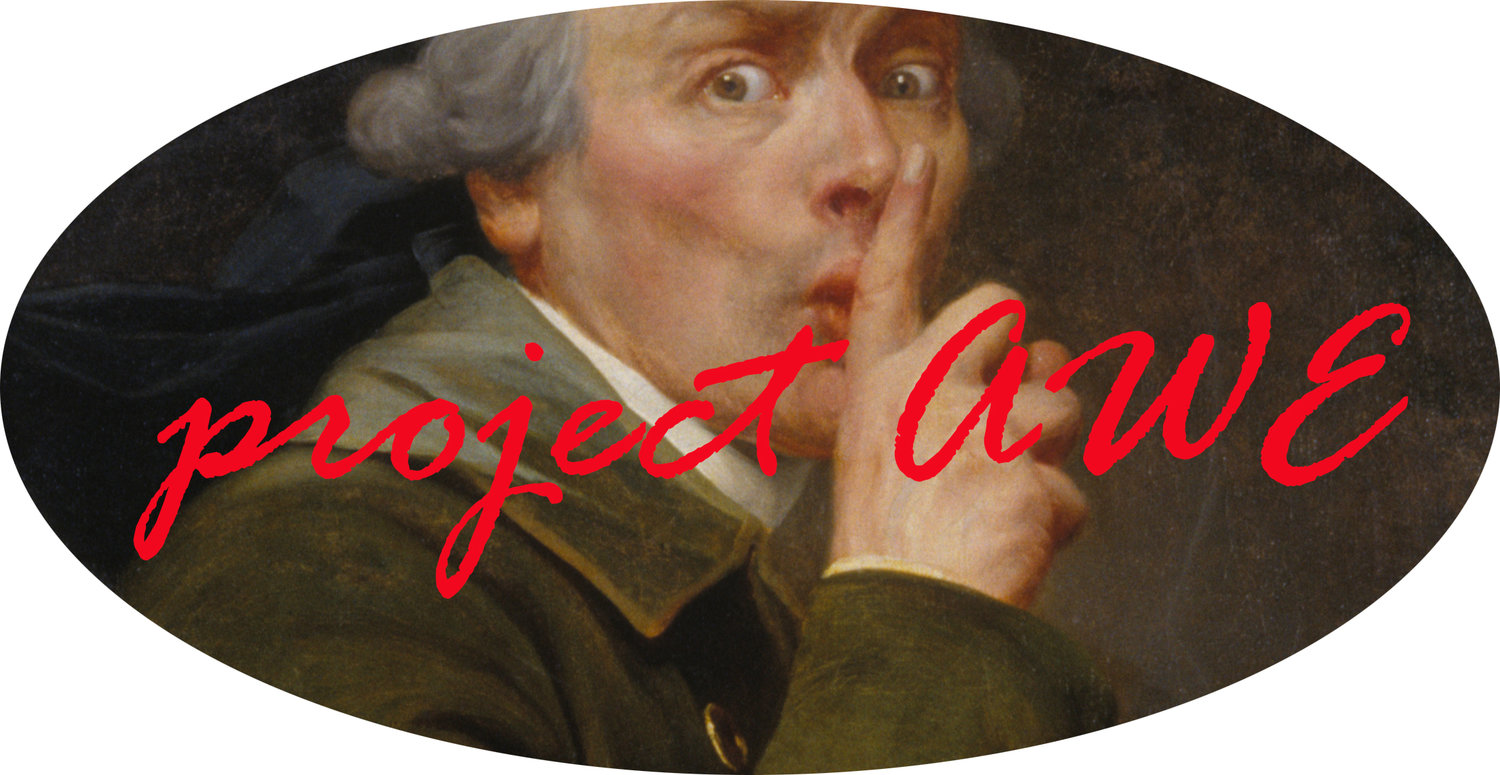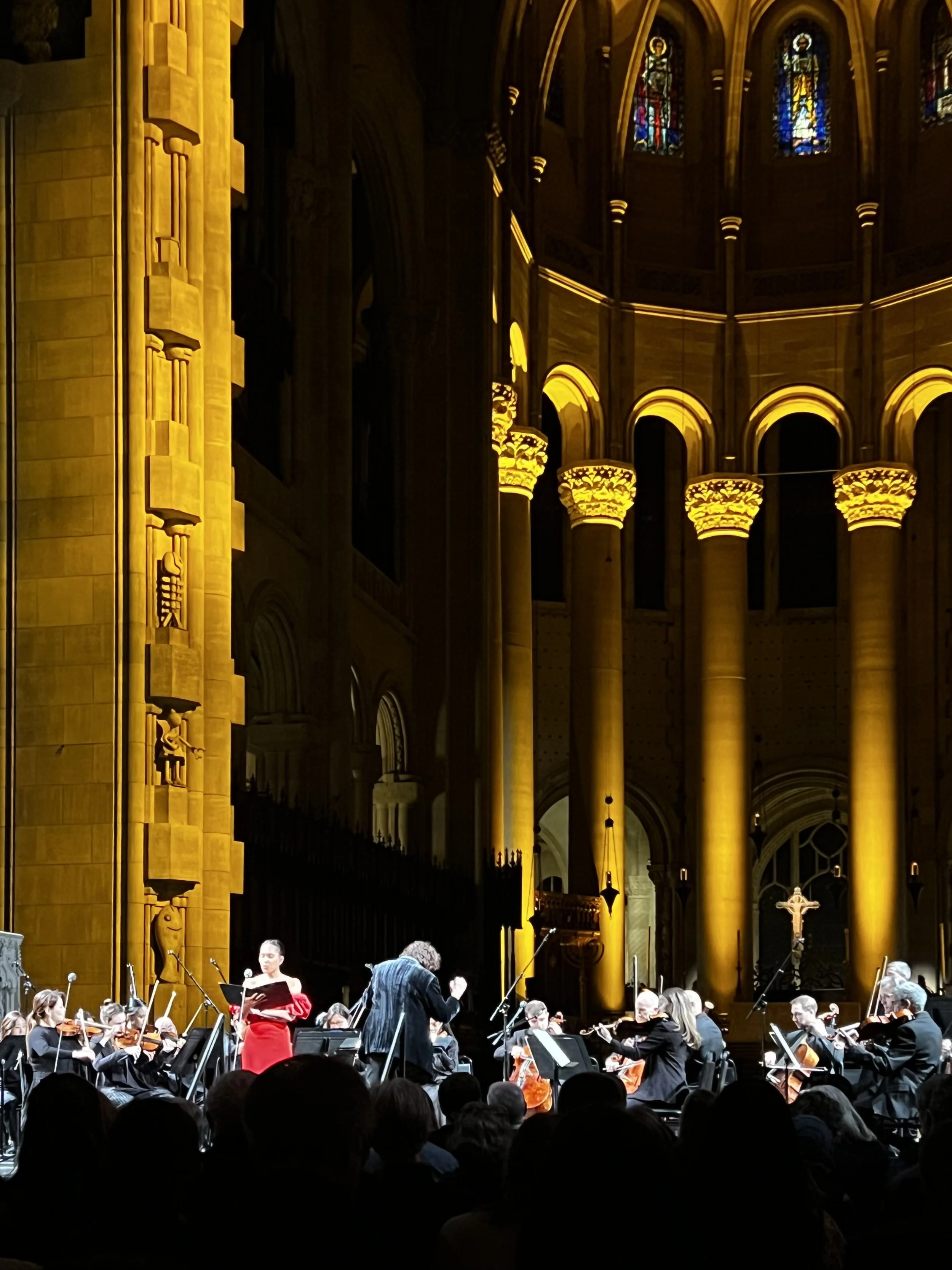These days the theme of the North is ubiquitous – along with its gods, heroes and myths. But this is a relatively recent development. When I was going to school back in the 1950s and 60s the view of history we were taught was basically that European civilization spread from south to north. So the early inhabitants of northern Europe, before the Romans came along, tended to be presented as primitive barbarians. As for religion and mythology, it was the classical gods of Greece and Rome that we were taught about, and we would have been hard pressed to say anything at all about the northern pantheon. Now all that has changed. It seems that every other day a new film, book or computer game comes out featuring Thor, Odin, Beowulf or the Vikings – not to mention the many pop music groups who invoke the world of the North in their songs. Never before has the mystique of the North — with a capital N — been stronger, and it is this mystique that I examine in my book Beyond the North Wind (I use a lower-case “n” when referring merely to the compass direction but a capital when the term has more emotive associations).
The mystique dates back to the time when ancient Greek explorers and geographers began to speak of a remote, mysterious land in the far North, which they called Hyperborea, meaning “the Land beyond Boreas,” the North Wind. This was said to be a temperate, fertile place, which was inhabited by an advanced civilization until the North Polar region became covered by ice and the Hyperboreans disappeared . . . or did they? The belief persists that they dispersed to other parts of the world at some point in prehistory — perhaps as early as 10,000 BCE — leaving many impressive vestiges — the great megaliths like Stonehenge in England, the curious labyrinths made up of pieces of stone, found in many parts of the world, the remarkable shipbuilding technology of the Vikings, the Indo-European languages, whose complex structure suggests the work of a sophisticated culture over many centuries or perhaps millennia.
Part of the book deals with Russia, where a whole movement has grown up around the notion that the Hyperboreans were the proto-Russians. This has given a boost by the discovery of some remarkable prehistoric remains in the northern part of Russia bordering the Arctic: massive walls, paved roads, pyramids, labyrinths and a throne of superhuman size, carved out of a single rock — remnants, so some archaeologists believe — of the Hyperboreans. All of this has given rise to a genre of fiction writing as well as a school of painting. The latter has produced some remarkable, visionary works, like the ones shown here, by Alexander Uglanov, depicting scenes from Hyperborea as the artist imagines it.
These paintings reveal much about Russian culture and the Russian soul. In a similar way to the great Russian novelists, from Tolstoy to Solzhenitsyn, these artists regard themselves as having a mission to illuminate, uplift and inspire. They strive in their works to convey beauty and light. How different from the prevailing modernist orthodoxy in the western art world, where students are told that art has nothing to do with beauty, and where anything goes as long as it is provocative or even shocking. These pictures of Hyperborea are one manifestation of the Russian quest for spiritual meaning in the aftermath of the collapse of communism.
Was there a Hyperborea? I examine the evidence for and against, but leave it to the reader to decide one way or the other.
Another question I address in the book is whether there exists a Northern egregore — the term egregore meaning a collective thought form on a non-material plane, created by a group of people sharing similar beliefs, focusing on similar symbols and carrying out similar practices or rituals. Arguably, egregores exist everywhere and in many different forms, from the football crowd, the fan club and the occult order, to the tribe, the political party and the mass religious movement. If a Northern egregore exists, it appears to have been semi-dormant until the recent surge of interest in the Northern heritage.
In my book I explore many aspects of that heritage — in folklore, mythology, religion, the arts etc. I write about some of its leading avatars from Richard Wagner to Neil Gaiman (author of American Gods) and some of the places, such as Iceland, where the egregore has been particularly active. It has been a fascinating journey for me, as I hope it will be for my readers.
Beyond the North Wind is published by Weiser Books, 65 Parker Street, Suite 7, Newburyport, MA 01950. www.redwheelweiser.com Official publication date: May 1, 2019.
Image: Salt of the Earth, Alexander Uglanov
To attend the book launch please click here…


